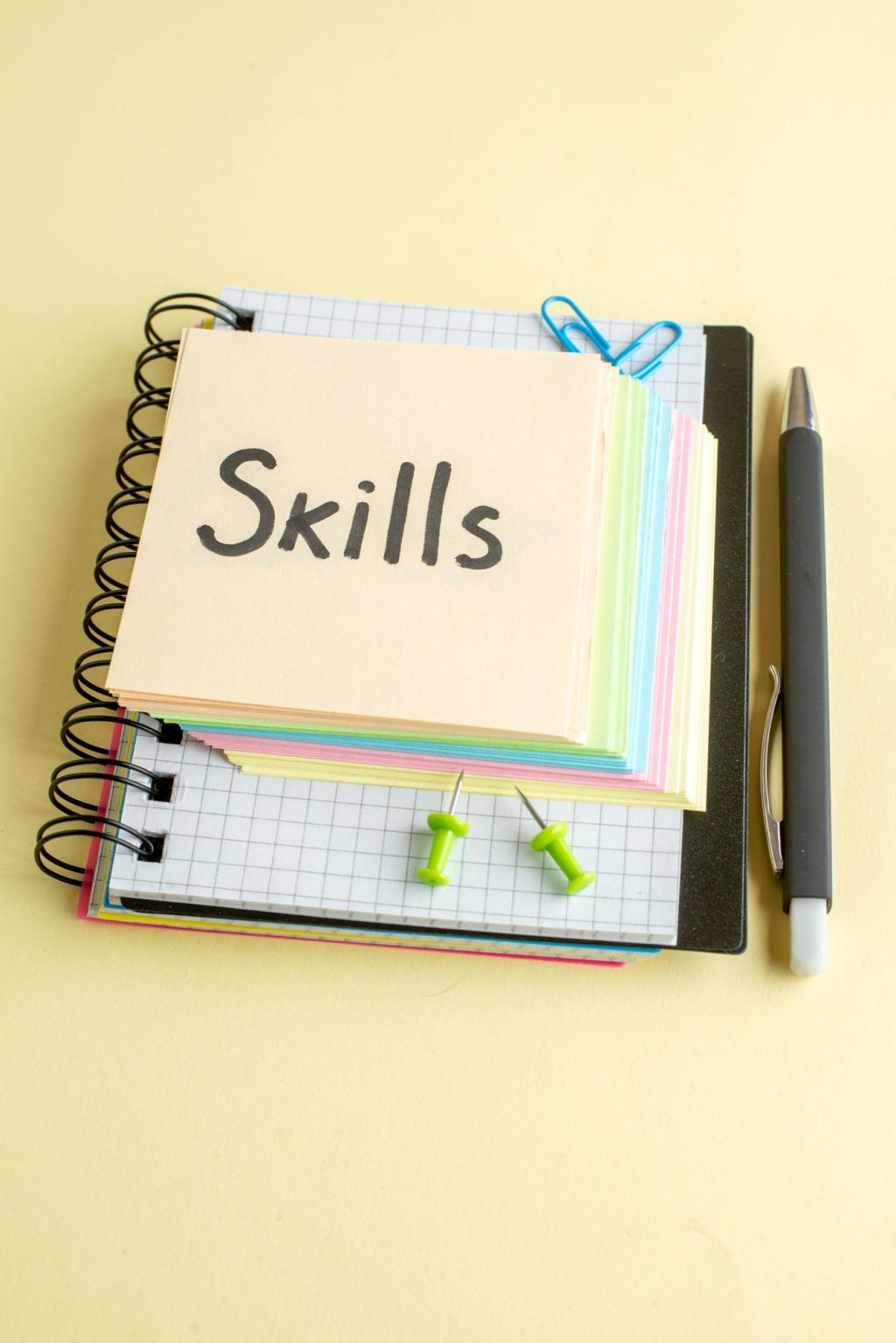Confident Clicks: Strategies for Teaching Digital Literacy to Seniors
Chosen theme: Strategies for Teaching Digital Literacy to Seniors. Welcome to a warm, practical space where patient teaching, respectful pacing, and joyful discovery help older adults thrive online. Join the conversation, share your experiences, and subscribe for hands-on tips you can use in your next session.
Empathy First: Understand How Seniors Learn
Honor Lived Experience
Seniors bring a lifetime of problem-solving, patience, and persistence. Invite stories about how they learned new technologies before—typewriters, landlines, cassette players. That recognition reframes digital skills as another chapter, not a test, and encourages learners to share questions openly without fear of judgment.
Lower the Stakes to Raise Confidence
Anxiety blocks learning. Start with low-risk practice—navigating a photo album or adjusting brightness—so mistakes feel small and recoverable. Celebrate every tiny success. Ask learners what would feel helpful next, and comment with your favorite icebreakers that make first sessions friendly, calm, and pressure-free.
Connect New Concepts to Familiar Routines
Anchor abstract ideas to daily habits. Explain bookmarks as digital sticky notes, or two-factor codes as familiar door keys. When meaning comes first, menus and buttons stop feeling random. Share in the discussion which analog comparisons help your learners smile and suddenly say, “Oh, now that makes sense.”



Practice That Sticks: Repetition, Routines, and Reflection
Repetition With Purpose
Repeat the same pattern across different apps to reveal structure. For example, demonstrate search, open, back, and save in three places. Learners begin predicting what comes next. Tell us which pattern you emphasize, and we will feature community examples that accelerate transfer between skills.
Teach-Back Moments
Invite learners to become the teacher for a minute. Ask them to guide you through sending a photo or updating a contact. The act of explaining consolidates memory, reveals gaps kindly, and builds pride. Share a favorite teach-back success story from your class to inspire others.
Micro-Goals and Visible Wins
Set tiny, achievable goals—saving a picture, joining a video call, or creating a strong password. Check them off visibly on a worksheet. The tally of wins motivates continued practice. Subscribe for printable checklists and share which micro-goals most excite your learners to come back.

Pick Devices Based on Real Tasks
Start from purpose: reading the news, video calls with family, or telehealth. Sometimes a tablet with a case and stand beats a laptop. Match budget, durability, and comfort. Comment with device combinations that have worked reliably for your learners’ most common goals and constraints.

Simplify the Home Screen
Place only essential apps on the first screen, name folders clearly, and remove visual noise. Pin vital contacts and create direct shortcuts to frequent actions. This reduces decision fatigue and fosters independence. Share your best minimalist layouts and we will compile a community gallery of examples.

Turn On Assistive Features Early
Enable larger text, voice dictation, read-aloud, and zoom gestures from day one. Demonstrate how to toggle them quickly. These settings are not crutches—they are power tools. Invite learners to vote on favorite accessibility features, and subscribe for quick-reference cards mapped to common devices.
Safety First: Fraud, Privacy, and Peace of Mind
Coach memorable passphrases and show a secure, written backup method stored safely at home. Introduce password managers only when learners feel ready. Practice two-step codes with real examples. Share your go-to passphrase prompts and we will send a concise guide to your inbox when you subscribe.
Safety First: Fraud, Privacy, and Peace of Mind
Role-play common scams: fake delivery notices, urgent bank warnings, or tech support pop-ups. Teach the pause button—do nothing, call a trusted number. Learners remember scripts they rehearse. Comment with scenarios you see locally so we can create community-specific practice dialogues.


Peer Mentors and Gentle Buddies
Pair confident learners with newcomers for seated, shoulder-to-shoulder support. Buddies translate instructions into familiar words and reduce waiting for help. This shared progress lifts everyone. Tell us how you recruit peer mentors, and we will spotlight your model for others to adopt.
Invite Family as Allies
Host a family night to align on patient support at home. Demonstrate how to avoid taking the device away and doing it for them. Provide a short script for helpful coaching. Share your template agendas and subscribe to receive printable take-home guides families can actually use.

Co-create a plan with two or three meaningful outcomes—join a family chat, refill a prescription online, or scan a document. Revisit monthly, adjust goals, and mark milestones. Share your planning template and subscribe to get our printable goal cards tailored for older adult learners.

Encourage learners to write what they tried, what worked, and what felt confusing. A few sentences after each session build awareness. Reviewing entries reinforces memory and reveals next steps. Comment with your favorite reflection questions so we can compile a community-sourced list.

Host a simple showcase where learners demonstrate a skill to friends—joining a video call, sharing a photo album, or organizing files. Photos, applause, and certificates matter. Invite your community to such celebrations, and subscribe for a turnkey event checklist and editable certificates.
